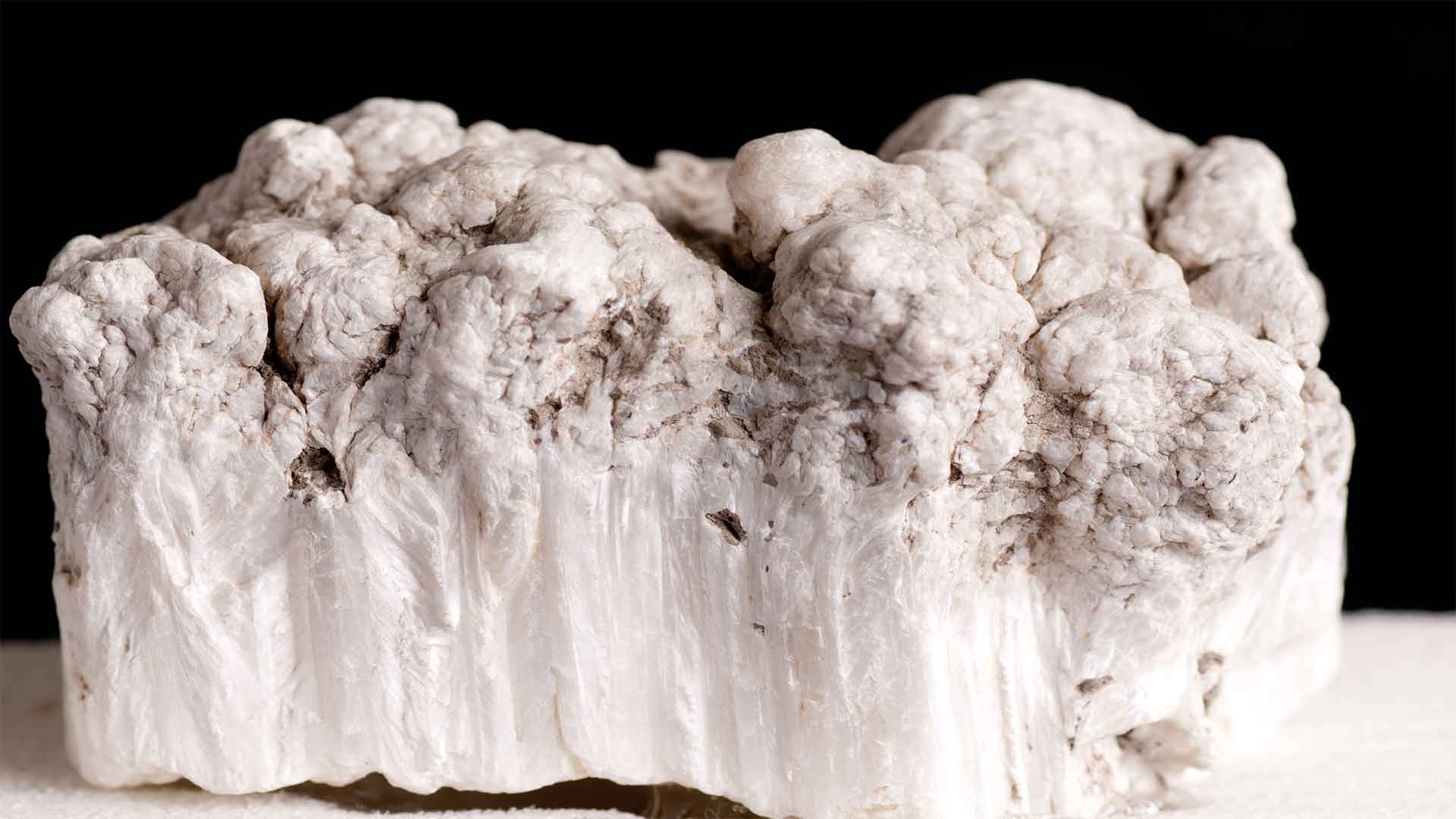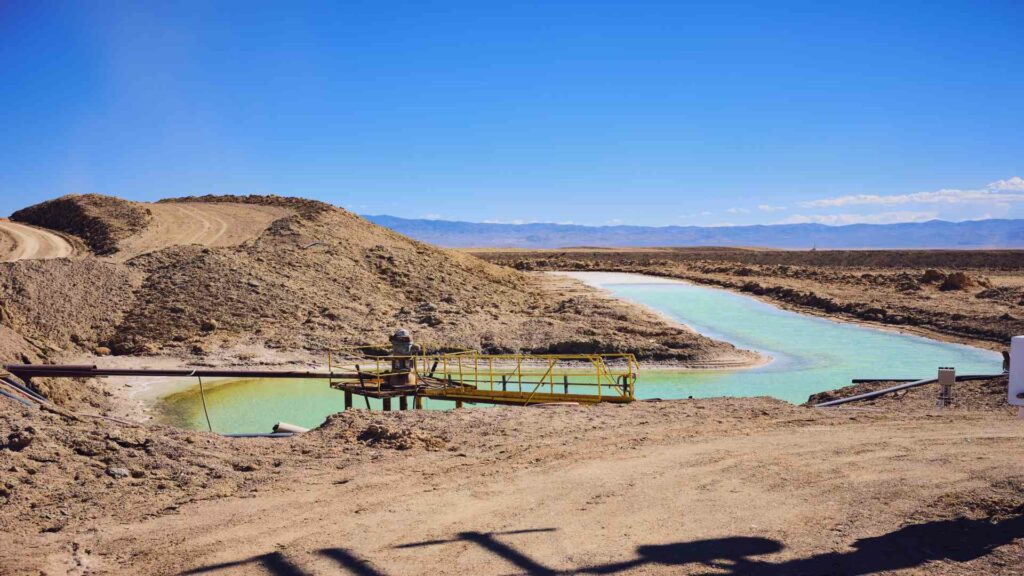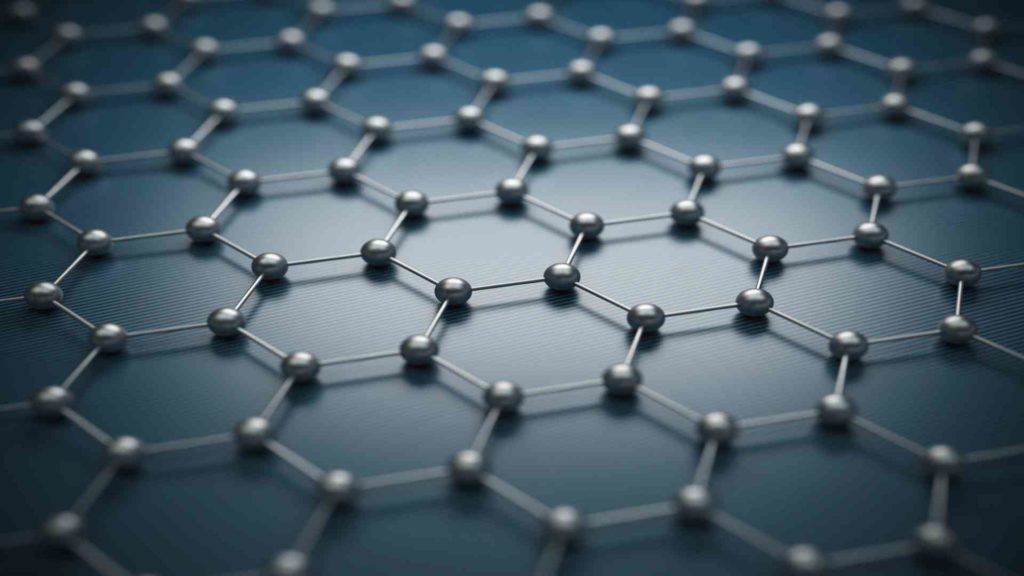Finding Boron – Origins of Boron
The origins of Boron, as we know it today, are traced to refining metaboric acid or hydroboration. They are both processes that were developed by Humphry Davy during experiments he conducted between 1811-1813 based on Boracium discovered earlier by Lecoq de Boisbaudran.
But where exactly was it first discovered? It’s a fascinating story about 2 scientists working independently who were not aware of each other’s field of research. Lecoq de Boisbaudran made a mention of the element in 1808. He wrote about the presence of a new metal called “boracium” in a sample of rock from an oil mine near the town of Borås, Sweden. This was followed by Carl Wilhelm (Charles) von Berzelius who first isolated pure boron from this same mineral and announced his discovery in 1823.
It wasn’t until 1884 that Humphry Davy suggested renaming the element to Boron. He preferred this name because he believed that this name better fit its properties and how they were related to other elements on the periodic table.
Today, boron has many uses. It plays a vital role including as a flame retardant or sealant within electronic components like wiring boards or semiconductors. Boron is also used in the production of several high-quality glass products.

Acceptance
After much work and experimentation with other elements, Davy finally concluded that Borax should be renamed Boron because “it resembles Boracium so closely.” His suggestion to rename Borax to Boron was accepted in 1884 by the International Union of Chemistry.
It is important to note that it took about three years for Boron to be accepted as an element after its discovery. There was outrage from other chemists at the time who believed Borax should be named Boracium instead. It wasn’t until much later when Berzelius’ research and Davy’s experiments were analyzed together and Boron was widely used. Today it is not just a metal but also for many different things such as glass making or cleaning agents.
Where Does Boron Come From?
Boron exists naturally in very small amounts on Earth. It is found mainly in the earth’s crust in boric acid (HBO(OH)), but can also exist in compounds with various elements including fluorine, oxygen, and sodium. Boron makes up about 2.4% of the total of the crust. The main sources of Boron are borax, colemanite, tincalconite, and kernite. These minerals are mined from the earth and processed to make boric acid (H3BO3). This acid is useful for many purposes including making pesticides, glass polishers, lubricants for metal parts, and much more.

Boron is an essential nutrient for humans or animals because it does play a crucial role in plant and animal health. In plants, borates help regulate water use and strengthen cell walls to protect against pests. Animals need boron to metabolize proteins and make healthy bones strong enough for support.
Boron is most commonly mined from a form of granite called borax, which is found primarily in California and Turkey. It is also found naturally as borates and boric acid. It has been used for centuries to produce glass. But recently scientists discovered its use as a crop nutrient and fertilizing agent for plants such as apple trees, grapes, olives, broccoli.
Borax can be found in many common household products, such as laundry detergent, mouthwash, homemade play dough, and even some toothpaste. Boric acid is a white crystalline compound that has been used for centuries to control insects and rodents.
There are multiple traces of boron everywhere we look. It can be found by examining a mineral such as apatite, tourmaline, or fluorite. Scientists also use spectroscopy to track down boron-containing compounds by looking for their characteristic spectral lines of energy released during electron transitions. Boron is also detected in interstellar space and is assumed to be present on Mars.
Applications
Boron finds many uses today because it has such varied properties. It is useful for instance as a flame retardant or sealant within electronic components like wiring boards or semiconductors. But it can also be used for high-quality glass products due to its very low thermal expansion coefficient because it lowers the overall risk of breakage.
It exists in our everyday lives from medicine to construction materials and even food additives. The importance of Boron will only increase as we discover more uses. So understanding what this substance does for us now can help us understand how important it can be in the future.
In medicine, Boron acts as a treatment for osteoporosis and arthritis pain relief by helping patients absorb calcium better through treatments like borax or sodium borate. It also helps with brain function, immune system response, energy production, and other bodily functions that need Boron to work properly.

In construction materials, Boron is mostly used as a sealant or flame retardant in items like wiring boards and semiconductors. It is vital because of its stability and doesn’t interfere with the performance of these components over time. Borates are also added to glass products like borosilicate (Pyrex) for their low thermal expansion coefficient which helps lower the risk of breakage due to temperature changes.
Due to its wide range of applications, it is important to know where this element can be found naturally or how you might come into contact with it on a day-to-day basis. For example, many people may not realize that they consume Boron every time they drink water as most tap water contains small amounts of Boron. Borax and borates can also be found in many home products such as detergents, toothpaste, mouthwash, play doughs…etc.
Boron in Science
Boron opened up many possibilities for other discoveries such as transistors and solar cells. It is also extensively present in modern medicine, with applications including chemotherapy and antibiotics.
The discovery and application of boron is just one example of how human curiosity about our world shapes science. It often leads us down paths we never imagined before.
There are breakthroughs in science and technology including lasers, nuclear power plants, LCD screens, and computer chips. Without boron, it would be impossible for us to have an understanding of how the earth was formed or even where we come from.
Boron and its compounds have many uses, including as an additive to steel production, the construction of high-temperature furnaces, and the manufacture of borosilicate glass. The discovery of this element changes the face of science forever. It is helpful for over 200 years to provide everything from building materials to pharmaceuticals.
Boron is a largely under-utilized element. It has many properties that make it an excellent material for use in energy storage and solar panels, to name just two.

Boron plays a vital in solar panels in recent times. And this is what makes it an attractive investment opportunity. With the demand for renewable energy on the rise, it’s important to study all available opportunities for investment prospects like Boron. For instance, with discoveries happening every day, we may find out soon enough what other exciting applications there are for boron.





